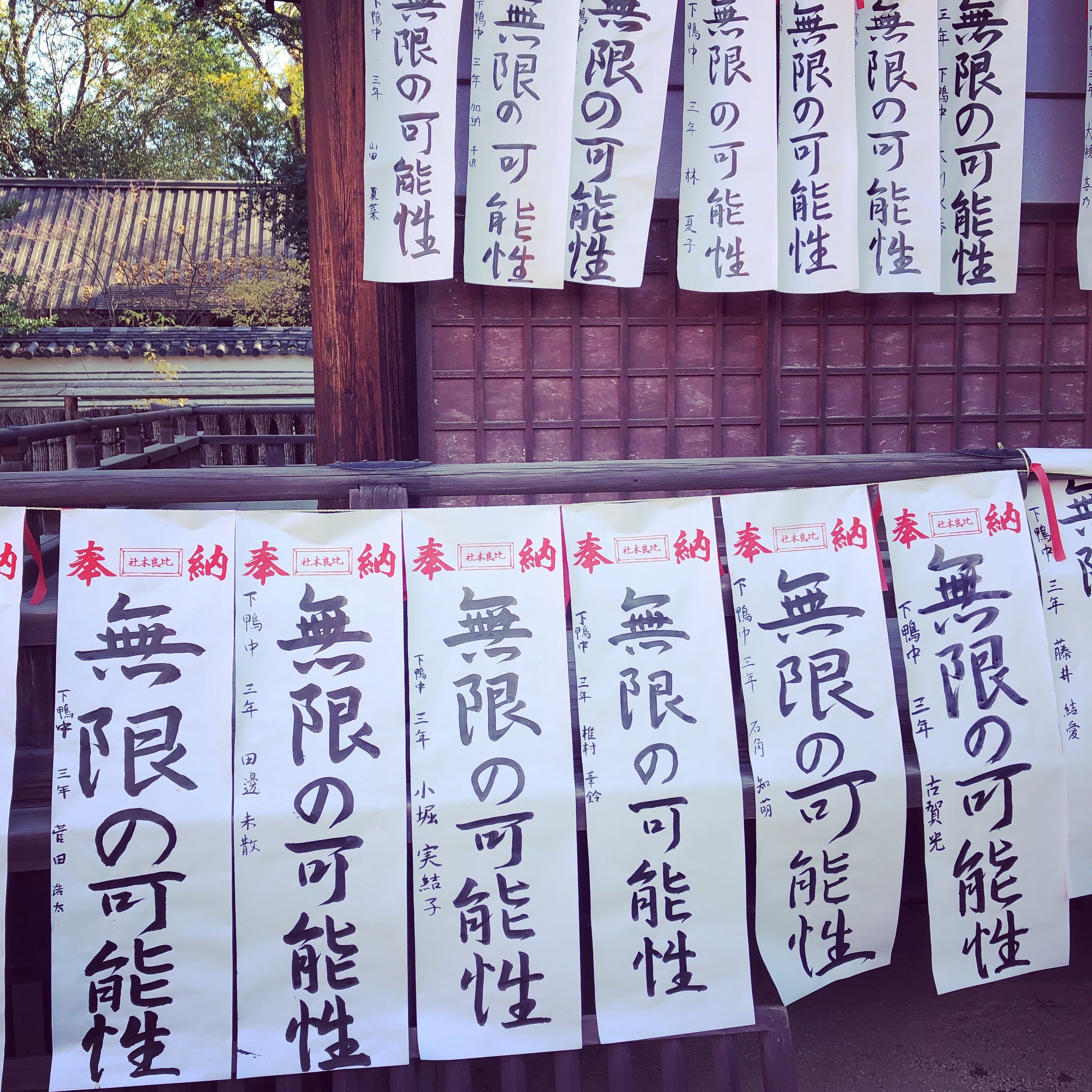My wife dashes out the front door, our six-year-old son, half-dressed in his karate "dogi," scurrying behind her. “We’re going to be late! You can tie the obi in the elevator.”
It’s Tuesday again, which means my wife had to pick our two boys up at their kindergarten bus stop at 2:40 p.m., then drop the older one off at his 3 p.m. "soroban" (abacus) lesson at the local community center. Fifty minutes later, she fetched him so he could have a quick bite at home before shuttling him back to the center. Like many of the other mothers, she will observe the entirety of his karate lesson, dutifully taking notes and occasionally videoing. Once home, she will go over what our son has learned that day, and admonish the boy if necessary, before putting him and his younger brother to bed with a book or 10. Tomorrow it is soccer practice. The day after that, “Play School.” Fridays are for English and, once again, karate.
Although Japanese women are said to be some of the most highly educated women among OECD countries, their participation in the labor force, at 48.7% in 2014, is much lower than the average, and falling. Part of the decline is due to Japan’s aging society — male participation in the labor force dropped from 78.2% in 1993 to 70.1% in 2014 — but the main reason that comparatively few Japanese women work is due to societal demands on mothers. According to The Economist, “When [Japanese] women have their first child, 70% of them stop working for a decade or more, compared with just 30% in America. Quite a lot of those 70% are gone for good.”
To address this, Prime Minister Shinzo Abe announced in 2013 that raising the female participation rate and allowing women to “shine” in the workplace would be one of the most important aspects of his Abenomics growth initiative. While I applaud any effort to support working mothers, my courtside perspective on parenting in Japan has me doubting how successful his proposal will be in the end.
Japanese corporate culture — the dominance of males in the workplace, "sabisu zangyo," i.e. unpaid overtime, "matahara" (maternity harassment), etc — is often cited as the one of the main obstacles holding Japanese women back. I find, however, that rather than this oft-maligned “honne"culture, it is the demands of the home culture — namely, the daily imperative of rearing and educating one’s own children — that has so many mothers in this country shunning full-time work.
Although the percent of Japanese children left at daycare peaks at 42.6% when children are three years old, from the age of four (the age at which kids enter kindergarten), 52.9% are in kindergarten, compared to 39.4% at daycare. By age six, 62.3% of kids are enrolled in kindergarten; and only 37.7% at daycare.
You might think that with the little ones parked in “kindy” all day, a mother would have a sudden windfall of free time — and so did I when our second son was also enrolled — but think again. For one, most kindergartens in Japan only keep the children for three to five hours a day, compared to seven or eight in the U.S. And, two, the typical kindergarten places great demands upon parents, the bulk of which falls upon the mother. Duties include serving lunch, taking part in excursions, attending monthly social gatherings for guardians (read mothers), event-planning, sitting in on lectures, serving on the executive board, and on and on.
Then there are the extracurricular activities to which mothers must ferry their young children to and from. The typical Japanese child attends two to three lessons a week, some as many as five or six. Many mothers believe that these lessons, which run the gamut from swimming and soccer to piano and cram school, are necessary to ensure their children’s future success and can spend upwards of ¥30,000 a month on them.
Many Japanese women so feel strongly that it is their role to not only raise, but to also discipline their children, that they are loath to leave much to chance. I can’t help but wonder how many mothers with young children would be willing to return to the workplace no matter how brightly they were permitted to shine.
I’d love to ask my own wife what she thinks about all this, but she’s scrambling out the front door again: it’s her turn to put the kindergarten’s library in order.
For some reason, Japan Today has taken my name off of my articles.








